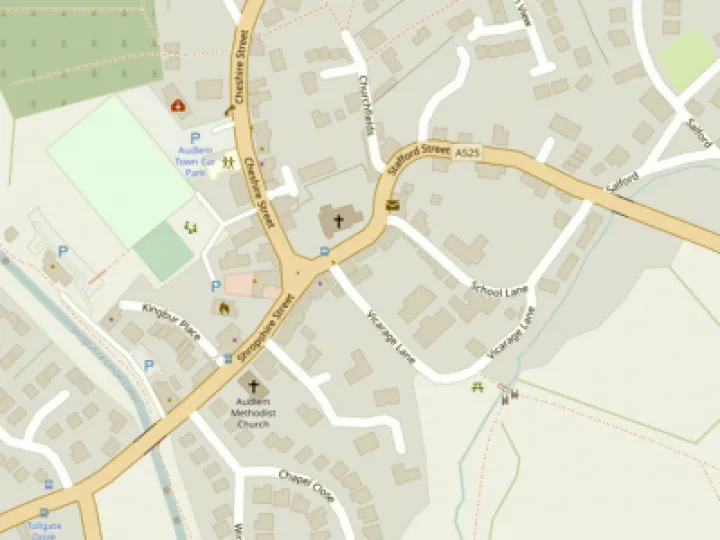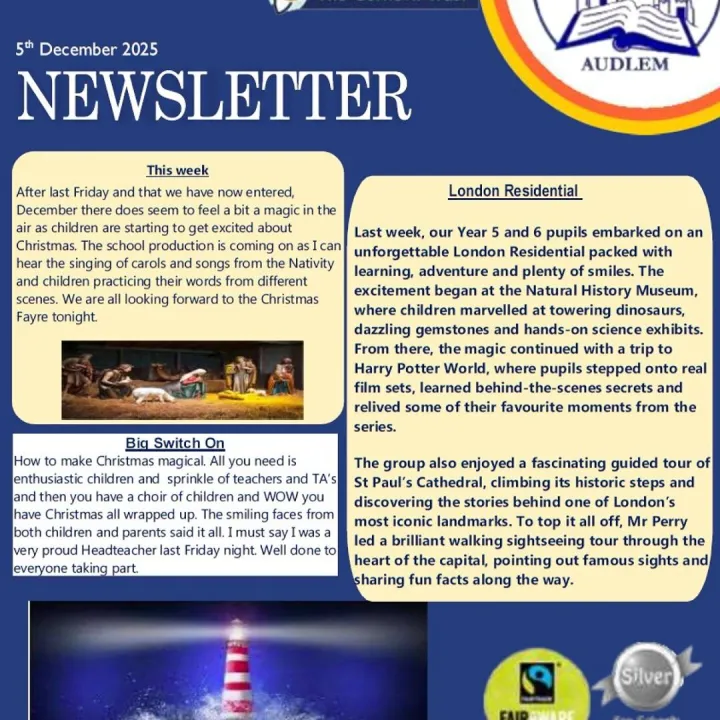

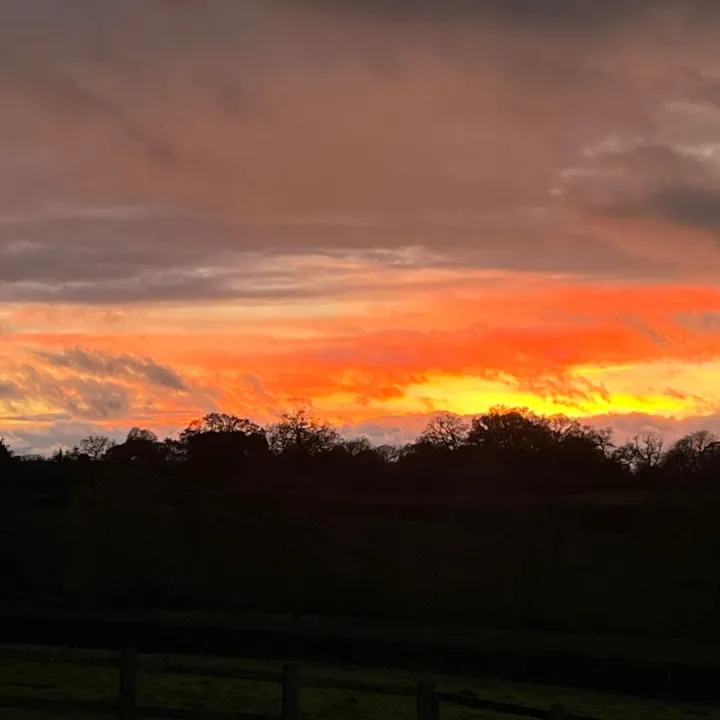




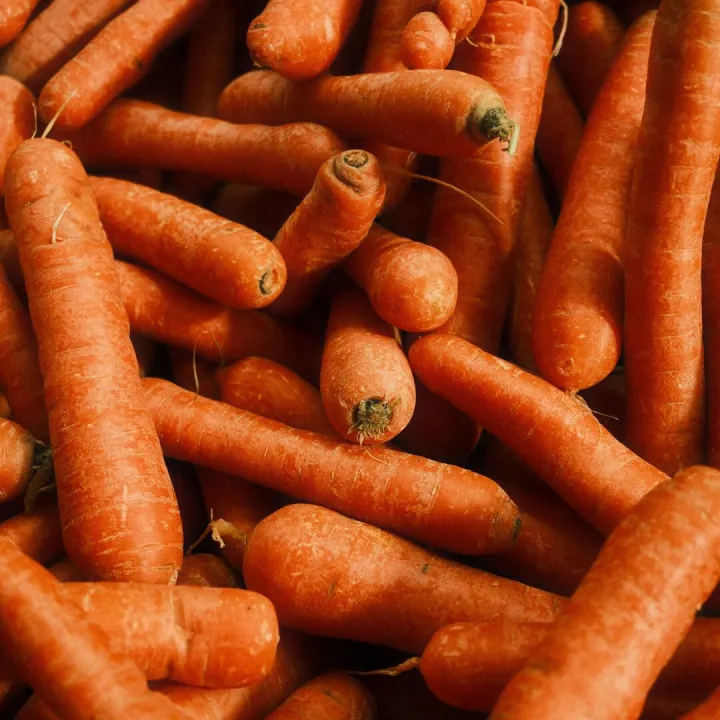
While scrolling through the news items on my laptop the other day, I was struck by one of those annoying adverts that I normally ignore. Its headline was “How to kill ivy for ever”. Ivy is a plant that we can find annoying and it has a habit of damaging our fencing panels. More often than not, anything we humans find a nuisance or inconvenient we regard as bad and fit for extermination.
However, biologically ivy is an important part of the eco-system and the bad reports of it are mostly inaccurate and exaggerated. A walk along the canal revealed this to me in its full glory when I came upon an extended ivy bush.
This time of year, ivy hits the stage with its yellow spectacular flowers. When most of our flowering stars have left the stage and food for our smaller winged and crawling creatures is becoming scarcer, ivy comes as an Autumn boost. It also provides nesting opportunities for birds and it is estimated that over 50 species benefit from ivy.
So let’s get to know this misunderstood neighbour a bit more. The scientific name is Hedera Helix with a common name of English Ivy, with a close cousin Hedera Hibernice or Atlantic Ivy. It is a species which is native to the UK and has a very long history. Many myths surround the plant. It was believed to alleviate the symptoms of drunkeness and features on images of the god Bacchus, the Roman god of wine. In a wreath form it also denotes intellectual achievement and used as a crown in poetry competitions. In medieaval times, it was a symbol of the Virgin Mary. And also of eternal life as it clings to dying trees and remains green. Because of its clinging nature it has been a symbol of love and friendship and was given to newly weds. A remnant of this still exists in its inclusion in the bridal bouquet.
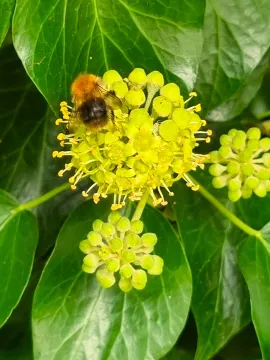
Its medical uses come with a health warning, for although it contains saponins and flavoroids which are antioxidants and anti-inflammatories, it is toxic if wrongly used and has the name of “poison ivy” which especially relate to its berries.
Ivy can also be of benefit to lost travellers by the way that it grows up trees. It begins where it can get most moisture to fuel the young plant, on the shady side of the tree (North); when it gets to young adult it moves round to the sunny side (South) where it can fully photosynthesise The shape of the leaves also changes to maximise the food production and as an evergreen this continues throughout the year.
One misunderstanding of ivy is that it damages the trees to which it clings. Unlike other parasitic plants it uses the tree as a platform drawing is strength from sun through its leaves and minerals from the ground through its roots. Ivy can indeed be a benefit to trees as a source of protection and warmth. Ivy does not cause damage to trees although often seen on dying trees. It may cause a tiring tree to fall by its weight, in a very strong wind.
The main ecological value of ivy is its benefit to wildlife. To observe we only have to have a close look at an ivy bush now and on a sunny day it will be buzzing. I counted at least 12 different kinds of insects feeding on a bush recently, including, honey bees, bumblebees, wasps, ladybirds, hoverflies (great pollinators) , beetles and a host of mini-bugs. While you look at the insects have a look also at the exquisite flower heads with their intricate colouring and structure of the flower that we can so easily pass by.
Ivy, Ivy on the wall
Climbing skywards ever tall.
Ivy, Ivy, on the tree,
Clinging closely yet standing free.
Ivy, Ivy, flowering bright
In the mists oif Autumn light
Ivy, Ivy in winter cold,
Berries black your food unfold.
Ivy, Ivy give us to know,
In nature’s pattern your life bestow.
Ivy, Ivy mysterious yet real,
In eternity’s love our hearts you seal.
Adrian Leighton
Get In Touch
AudlemOnline is powered by our active community.
Please send us your news and views using the button below:
Email: editor@audlem.org





